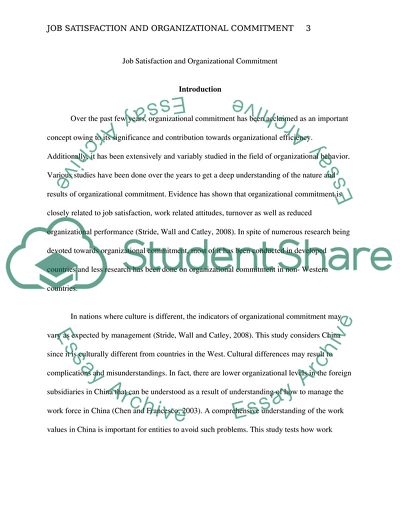Cite this document
(Job Satisfaction and Organizational Commitment Research Proposal, n.d.)
Job Satisfaction and Organizational Commitment Research Proposal. Retrieved from https://studentshare.org/human-resources/1807773-job-satisfaction-and-organizational-commitment
Job Satisfaction and Organizational Commitment Research Proposal. Retrieved from https://studentshare.org/human-resources/1807773-job-satisfaction-and-organizational-commitment
(Job Satisfaction and Organizational Commitment Research Proposal)
Job Satisfaction and Organizational Commitment Research Proposal. https://studentshare.org/human-resources/1807773-job-satisfaction-and-organizational-commitment.
Job Satisfaction and Organizational Commitment Research Proposal. https://studentshare.org/human-resources/1807773-job-satisfaction-and-organizational-commitment.
“Job Satisfaction and Organizational Commitment Research Proposal”, n.d. https://studentshare.org/human-resources/1807773-job-satisfaction-and-organizational-commitment.


